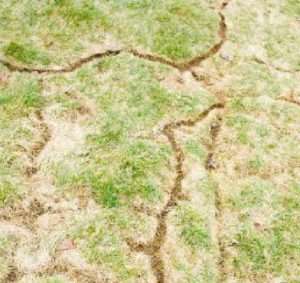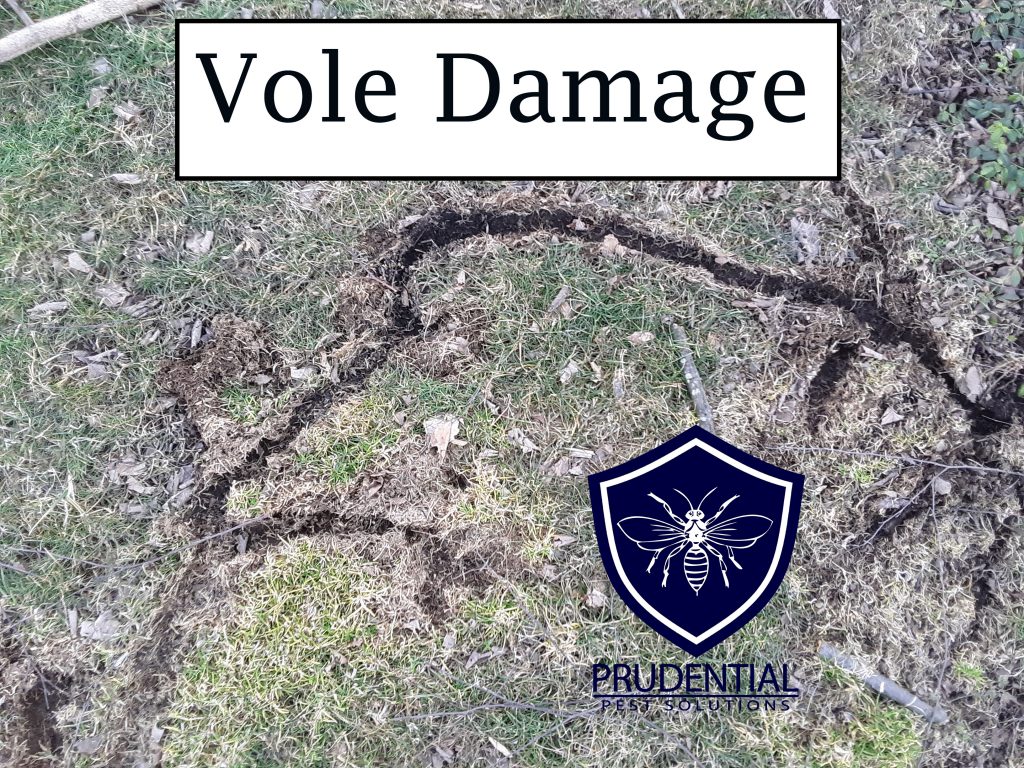Proven Vole Control Techniques to Secure Your Property
Proven Vole Control Techniques to Secure Your Property
Blog Article
Grasping Vole Insect Control: In-depth Insights on Invasion Avoidance and Treatment Techniques
By acknowledging the subtle indicators of vole invasion early on, we can take proactive steps to prevent prevalent damages. In this discussion, we will explore the subtleties of vole behavior, dig into the identification of invasion signs, and discover the most reliable avoidance and therapy approaches.
Understanding Vole Behavior
Analyzing the foraging patterns of voles uses important insights into their habits and habitat choices. Voles, little rats appearing like computer mice, are herbivores understood for their below ground tunneling tasks. By observing their foraging habits, researchers can gain a better understanding of where voles choose to establish their environments and the extent of their ecological influence. Voles are respected breeders, with a solitary female capable of producing numerous clutters in a year, making it vital to comprehend their habits for efficient pest control approaches.
Research study shows that voles display careful feeding practices, choosing origins, bulbs, and seeds. This nutritional choice affects their foraging patterns, leading them to locations rich in greenery and ground cover. In addition, voles are known to produce fancy tunnel systems for foraging and nesting purposes, suggesting a high degree of adaptability to their environments.
Understanding vole behavior is necessary for carrying out targeted pest control steps that disrupt their environment choices and foraging tasks (vole control). By researching their actions, professionals can develop extra efficient prevention and therapy methods to handle vole infestations

Identifying Indicators of Vole Invasion
Vole infestations can be spotted by identifying details signs of their presence in a location. One of one of the most typical signs of a vole problem is the existence of surface paths. Voles develop networks of narrow pathways on the ground that are typically around 2 inches wide. These runways are usually discovered in grassy locations or under compost or ground cover where voles can move freely and look for food.
One more key indication of vole invasion is the presence of little burrow openings in the ground. Voles dig superficial burrow systems with numerous entries and leaves. These burrows act as shelter and nesting websites for the voles. Furthermore, voles are recognized to leave behind eaten plant stems, roots, and light bulbs near their burrow openings, suggesting their feeding activity in the location.
Moreover, vole droppings can additionally symbolize their presence. Vole droppings are tiny, brown, and round fit, appearing like grains of rice. Finding these droppings along paths or near burrow openings can confirm a vole problem. By being attentive for these signs, homeowner can without delay deal with vole problems and stop further damages.
Carrying Out Aggressive Prevention Procedures

Additionally, utilizing all-natural vole deterrents like castor oil-based repellents or predator urine can function as efficient safety nets. It is also suggested to frequently evaluate outdoor rooms for any indications of vole activity, such as runways or tunnel openings, to address prospective problems promptly. vole control. By embracing these positive avoidance strategies, homeowner can considerably minimize the chance of vole damages and maintain the health and appearances of their landscapes
Effective Treatment Methods
Including targeted capturing approaches and making use of approved rodenticides are important components of efficient treatment methods for handling vole problems. Capturing can be a reliable means to lower vole populaces, specifically when positioned purposefully in their energetic paths. Break catches and live catches can both be reliable, with the last permitting the capture and moving of voles. When using rodenticides, it is essential to comply with security standards to stop injury to non-target animals and animals. Location rodenticides in safe bait stations to reduce try these out dangers to unexpected targets. In addition, environment modification, such as reducing ground cover and getting rid of resources of food, can aid prevent voles from infesting a location. Routine tracking and upkeep are likewise crucial elements of successful treatment approaches to guarantee that vole populaces are maintained under control. By incorporating capturing, rodenticides, habitat adjustment, and constant tracking, effective vole pest control can be attained.
Tracking and Maintenance Tips
Keeping a methodical timetable for surveillance and carrying out routine upkeep activities is crucial to maintain the effectiveness of vole parasite control steps. Regular surveillance permits the very early detection of vole activity, making it possible for timely intervention prior to problems aggravate. To efficiently check vole populations, purposefully placed catches can be used in vole paths or near burrow entrances. By consistently checking these catches, homeowner can determine the extent of vole activity and readjust control techniques appropriately.
In addition, preserving a clean and well-kept landscape is crucial in vole prevention. Clearing up away debris, such as piles of wood or thick vegetation, eliminates prospective vole environments. Frequently cutting lawns and trimming greenery helps in reducing vole hiding places and lessens their accessibility to food resources.
Moreover, recurring upkeep of physical obstacles, such as fences or wire mesh, is crucial to avoid vole invasion. Evaluating and fixing any type of damages to these structures ensures that vole control remains effective in safeguarding residential or commercial properties from problems. By incorporating these monitoring and maintenance methods right into an extensive vole pest control strategy, individuals can effectively manage vole populations and protect their homes from damage.
Final Thought
To conclude, mastering vole bug control requires a strong understanding of vole behavior, the capacity to determine indicators of invasion, implementing positive avoidance procedures, effective treatment strategies, and constant surveillance and maintenance. By taking a thorough method to vole control, people can efficiently take care of and avoid problems, ultimately securing their residential property and surrounding atmosphere from damages triggered by these tiny rodents.
In this conversation, we will check out the subtleties of vole behavior, dive into the recognition of problem indicators, and reveal the most efficient prevention and therapy approaches.Integrating targeted capturing approaches recommended you read and utilizing look at this web-site authorized rodenticides are crucial elements of reliable therapy techniques for taking care of vole infestations. To efficiently check vole populations, tactically put catches can be utilized in vole runways or near burrow entries. Inspecting and fixing any kind of damages to these structures guarantees that vole control stays reliable in safeguarding properties from infestations. By integrating these surveillance and upkeep practices into a detailed vole pest control plan, individuals can efficiently handle vole populaces and secure their properties from damage.
Report this page